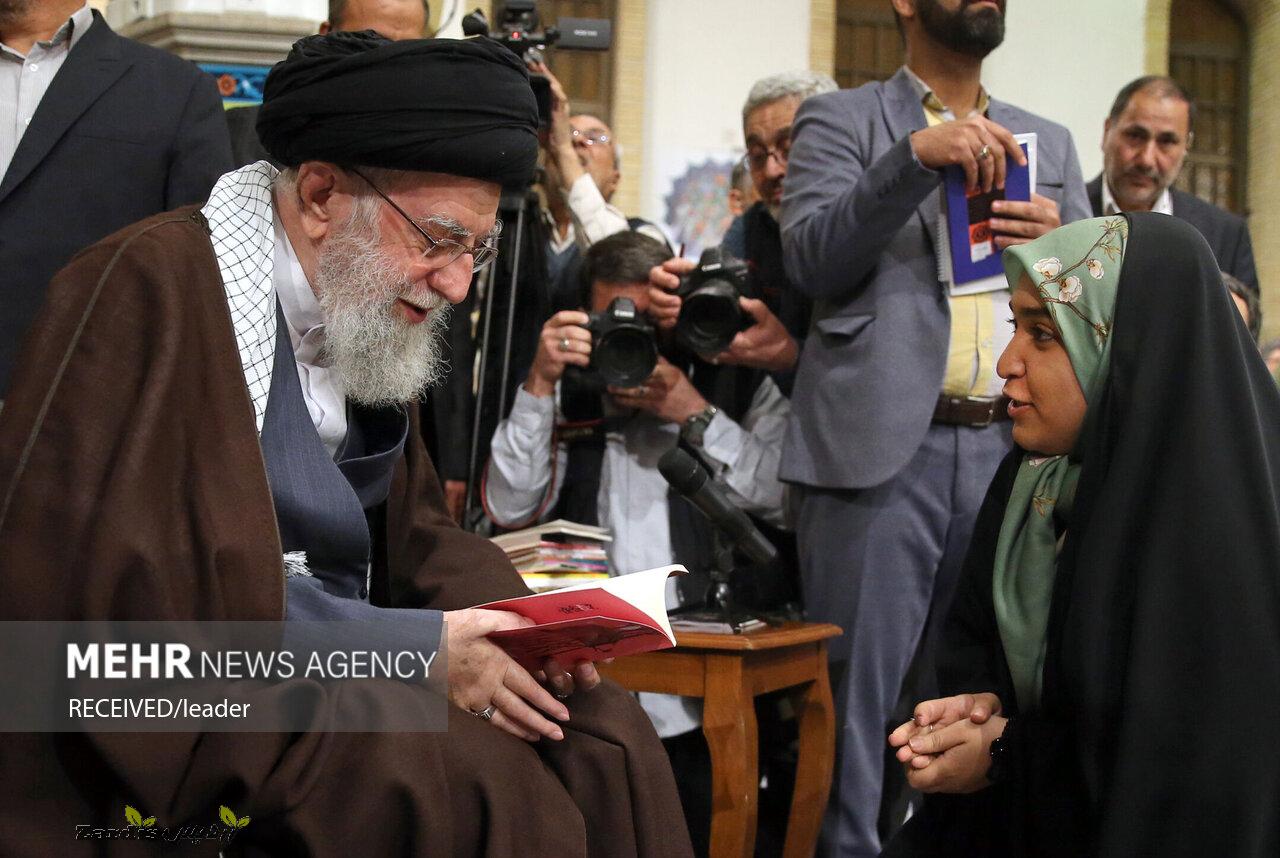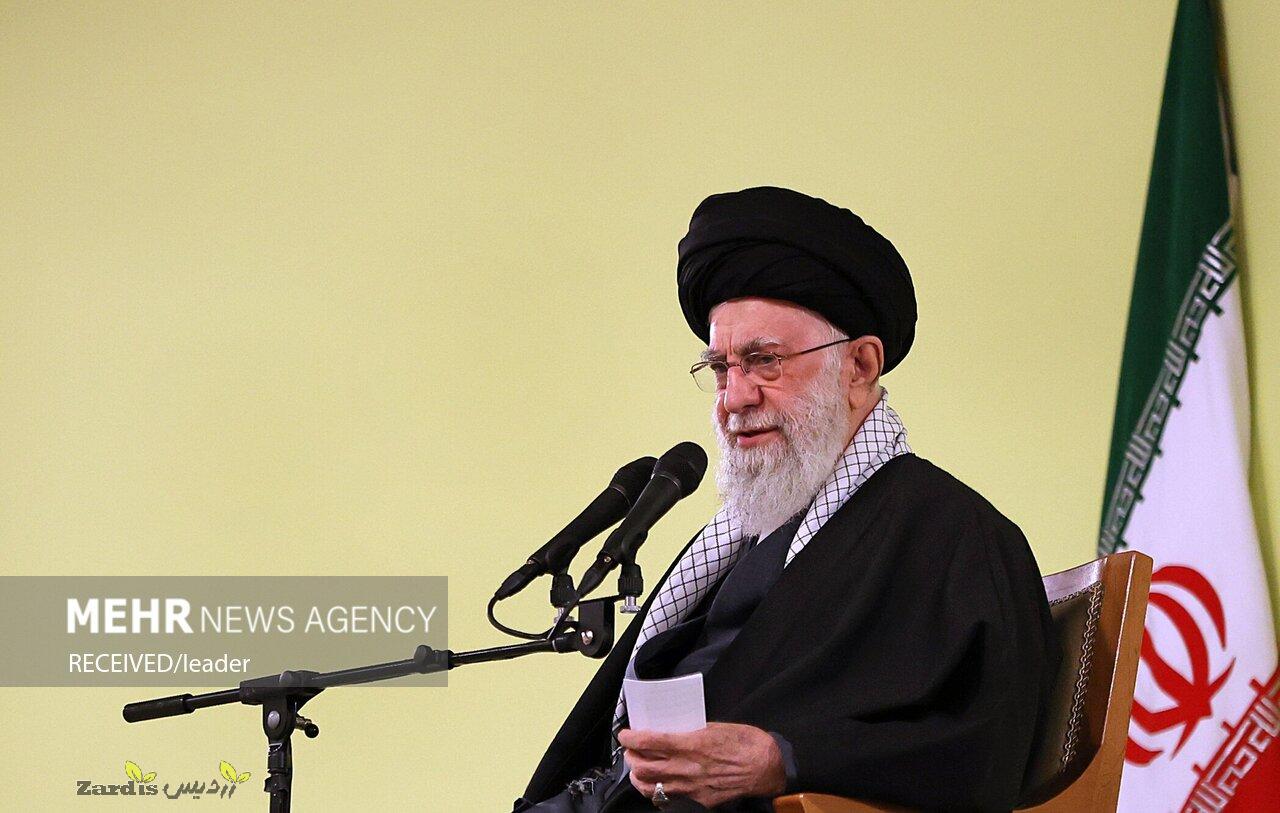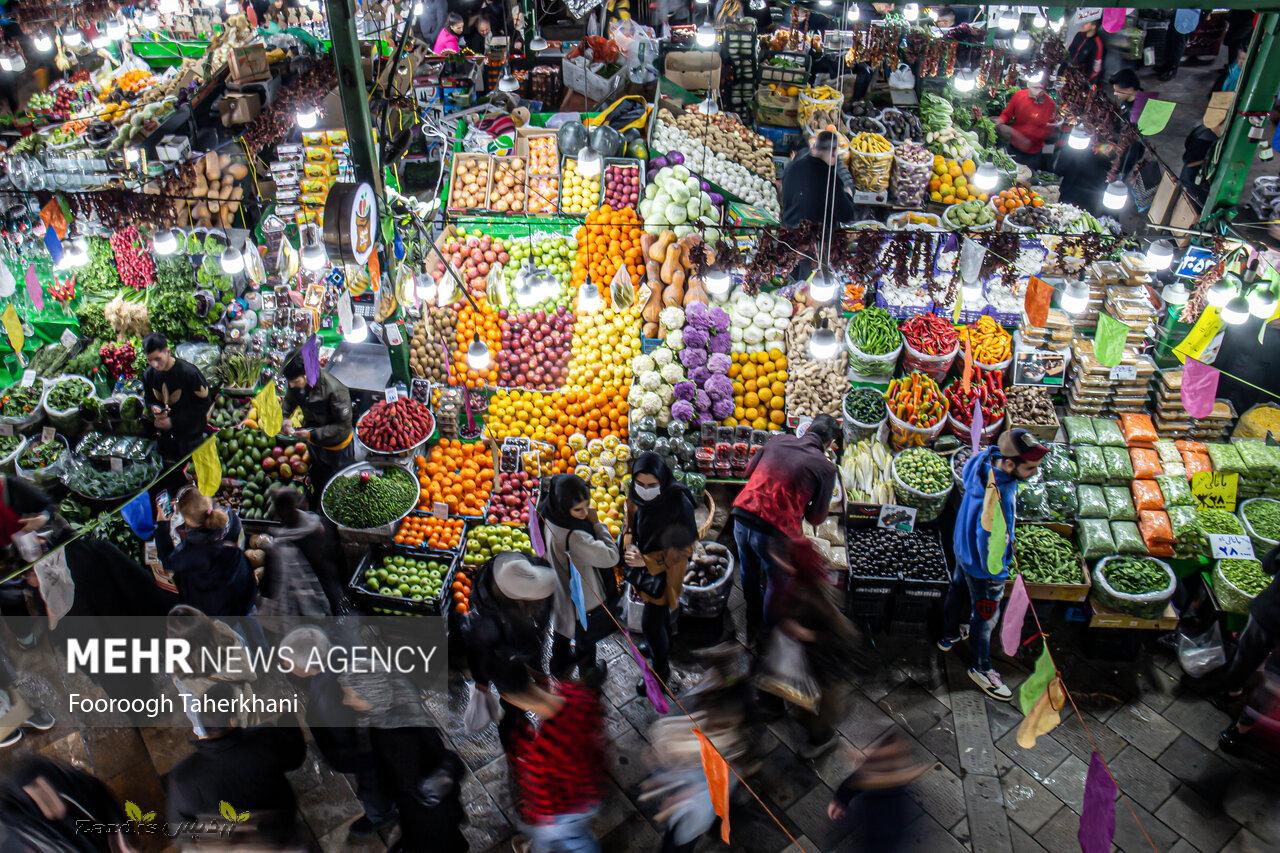TEHRAN – Tabriz is a big but relaxed city, filled with hospitable people and a UNESCO-listed bazaar to explore. It is the perfect introduction to Iran for sightseers crossing over the border from Armenia, or through the Gurbulak Bazargan border from Turkey.
Downtown Tabriz is very walkable and the people are also extremely friendly, something not particularly common in big cities.
“Tabrizians are incredibly warm and hospitable. Within an hour of being in the city, we were greeted and welcomed to Iran at least a dozen times. We were practically getting whiplash from looking over our shoulders so often to see who was shouting a greeting to us,” according to Alexandra Reynolds, who is an American backpacker and blogger.
Like many cities in Iran, Tabriz has a long and rich history but saw many of its historic buildings destroyed by invaders or earthquakes. Tabriz became the capital of the Mongol Il-Khan Mahmud Gazan (1295–1304) and his successor. Timur (Tamerlane), a Turkic conqueror, took it in 1392. Some decades later the Kara Koyunlu Turkmen made it their capital, it was when the famous Blue Mosque was built in the ancient city.
The city retained its administrative status under the Safavid dynasty until 1548 when Shah Tahmasp I relocated his capital westward to Qazvin. During the next two centuries, Tabriz changed hands several times between Persia and Ottoman Empire. During World War I, the city was temporarily occupied by Turkish and then Soviet troops.
Below are just a few things you can do while traveling to Tabriz and its surroundings:
UNESCO-listed Bazaar of Tabriz
When you visit Tabriz, you must visit the Bazaar of Tabriz. It is one of the oldest bazaars in the world, comprised of an endless maze filled with bustling shoppers and friendly shopkeepers. It is inscribed on the UNESCO World Heritage list, and deservedly so. You could easily wander around for an entire day (or two) without actually buying anything. Just observing the daily bazaar life is attractive enough.
The vast bazaar also includes 29 mosques, 24 caravanserais, five museums, four madrasas (schools), and four bathhouses. The importance of Tabriz Bazaar was increased due to being on the Silk Road and it became the most important trade center in the world in the 19th century. Nowadays Tabriz bazaar is still one of the main trade centers in Iran and Asia. Strolling around in this bazaar you can find all kinds of souvenirs especially Persian carpets.
Shahgoli Park
Shahgoli park is another spot not-to-be-missed when you travel to Tabriz. This park is a bit away from the center, but definitely worth the trek (a trek by taxi, that is).
There are several food stalls around the park and outside the park’s perimeter, and an upscale restaurant in the center of it. An artificial lake rings the park walkway, making it particularly pretty in the evening.
The park is a Tabrizian favorite come evening time, and a great way to meet locals. Better yet, head there with one of the locals that you’ll inevitably meet while wandering around Tabriz.
The Blue Mosque of Tabriz
Constructed in the 14th century, the Blue Mosque of Tabriz is known as the Turquoise of Islam due to its magnificent blue tiles. The mosque was once part of the Mozarafiyeh complex along with other structures such as a bathhouse and a school.
An earthquake in 1772 severely damaged the place of worship, which was once one of the most magnificent mosques in the world.
Restoration work is going on to this day, and some of the mosaics are still incredible. The mosque is a bit away from the center, but all taxi drivers will know how to get there.
Rocky village of Kandovan
Kandovan is a small village outside of Tabriz. Kandovan is also known as the “Cappadocia of Iran” due to its spiring troglodyte caves. It is an easy day trip away from Tabriz by public transport.
Located on the foothills of the Sahand mountain range and at 2200 meters of altitude, the 3000-year-old village is famous for the houses carved into rocks.
These rocks were formed by solidified magma and shaped by nature. Kandovan is one of the two hand-carved villages in the world that are still residential. The uniqueness of the inhabitants’ lifestyle and the stunning houses of this village amaze every visitor. It is also possible to spend a night at the hotel located in this village and experience sleeping inside a hand-carved house.
Arg-e Tabriz
Arg of Tabriz (Arg-e Tabriz) also known as Arg of Alishah dates back to the 14th century. The use of this impressive structure is still unknown, however; it is estimated to once being a place of worship.
Arg of Tabriz was used for defending the city and storing food and ammunition during the wars between Iran and Russia in the Qajar era (1789–1925) and a large part of it was destroyed at that time. The remaining part of this historical monument is of high architectural importance. The archway of Arg-e Tabriz is wider than the Archway of Ctesiphon and is one of the significant features of this structure.
Azarbaijan Museum
Azaribaijan Museum is one of the most important museums in Iran. Ancient coins, pottery, statues, epigraphs, and traditional clothes are some of the objects protected in this museum. Azarbaijan museum is the best place for learning about the history of East Azarbaijan province and its capital city of Tabriz.
Mausoleum of Poets
Iranians have long respected and loved their poets and have been willing to honor their legacy by building shrines.
Tabriz has been the home of many beloved poets in the history of Iran, many of whom chose Sorkhab neighborhood for living and wished to be buried there after their death.
Built over the former graveyard of the Sorkhab neighborhood, the Mausoleum of Poets ( Poets’ Mausoleum) is the eternal home of almost 300 Iranian poets such as Shahryar and Khaqani.
The structure was destroyed due to earthquakes occurring in 1814 and 1815 however; another monument was built in 1971 to honor the memory of the poets. Visiting this monument allows you to get to know a large part of the literature of Iran and its famous poets.
Qajar Museum
Qajar Museum is the house of Hasan Ali Khan Garroosy, one of the most famous politicians in the Qajar era.
His house was bought and turned into a museum in 2005. In addition to the interesting objects exhibited in this museum, the house itself is worth visiting due to its beautiful colorful windows, stucco, and mirror work.
Constitutional House
The constitutional revolution of Iran (aka the Persian Constitutional Revolution) took place between 1905 and 1911 and led to the foundation of the first legislature of Iran during the Qajar era.
The movement involved many activists from all around the country including Tabriz. The constitution house was the gathering location and headquarters of the constitution activists in Tabriz such as Sattar khan and Baqir khan. By visiting the constitution house, you will get the chance to learn about the constitutional revolution in Iran and its most famous activists.
Jame Mosque of Tabriz
Jame Mosque of Tabriz (Masjed-e Jameh) is located in Tabriz bazaar and is one of the most important monuments of the ancient city. The mosque was built during the Seljuk era (1037–1194) but some of the decorations were added later. The mosque has one of the most Mihrabs among the mosques in Iran. The embellishments of this mosque along with its historical background have made it one of the most visited monuments in Tabriz.
AFM
Zardis news | The latest news of Iran and the world
All rights reserved for "Zardis news"It is protected and any copying without mentioning the source is prohibited.
Pursuant to Article 12 of Chapter 3 of the Cybercrime Law, copying the format and content will be prosecuted.







